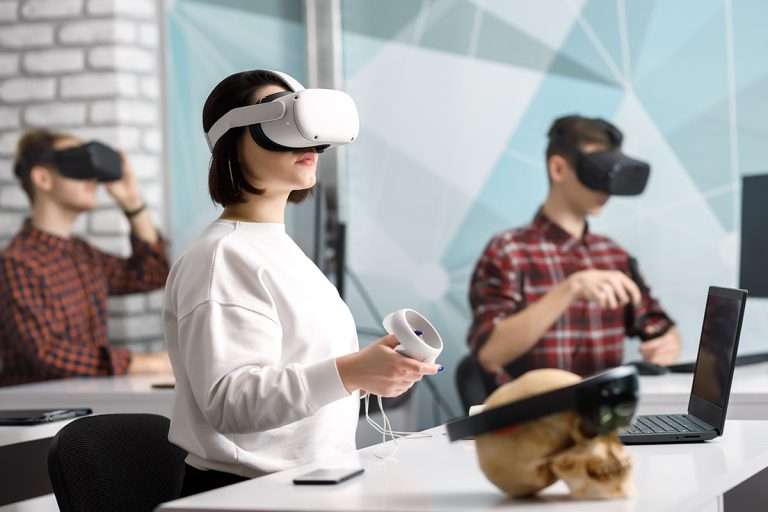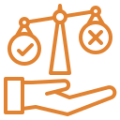What Is Culture?
Before we go any further, let’s define culture. Culture is simply the way we do things around here. Given that definition, it is essential to realize that culture will exist anytime you bring a group of people together (yes, even virtually). And it will constantly be changing, too, as the players and context change. Recognizing this is the first step in building team culture that can evolve with your people and purpose.
A Non-Work Example
Here’s a simple example of these two profound truths.
Think about a holiday where you gather with your family. Certain things happen, certain foods are served, and a whole variety of things happen – every time. That is your culture. Now think about how that has changed over the years – maybe not in big ways, but in small ones. It changes as people mature, as new family members arrive, as people bring in new spouses, and as people are no longer with you. Your holiday culture exists, yet it changes and evolves.
Now, let’s say you wanted to introduce some activity or interaction to the event. It can be done, but it will take effort. It requires the commitment of others for that “new thing” to become part of the culture, right? Importantly, it can be easier to make those desired changes when other changes are also happening (like a new family member is hosting). Similarly, building team culture is easier when your team is already navigating change.
What Does That Mean for Our Team and Organizations?
There are (at least) five lessons from the example above.
- You don’t have to live with the culture you have today. You should consider three cultures: the one you had (pre-pandemic), the one you have now, and the one you desire.
- Building the future needs to take the past into account. There may be facets of your pre-pandemic culture that you want to recapture. And there may be things from your current one you want to maintain.
- Define the culture you want. In a family situation, you might not have a family meeting to define this. People’s interests and values must be kept in mind to adjust for the future.
- Involve others. For new values to take hold, everyone must be involved. Creating your aspirational culture needs input and commitment from everyone to take shape.
- Start small. This might not apply to your family situation. In organizations, people often wait for senior leaders to address culture. Senior leaders have a role in your macro-culture, but teams have a micro-culture, too. And much can be adjusted and changed in “the way we do things around here” at the team level. Even small efforts in building team culture at this level can lead to meaningful transformation.
Final Thoughts
There is no doubt that you already have a culture. You don’t have to live with the one you have. Discuss what you would like it to be – and how your culture could serve individual, team, and organizational needs. When you realize you can change it, you will take the first step toward improving it.


























